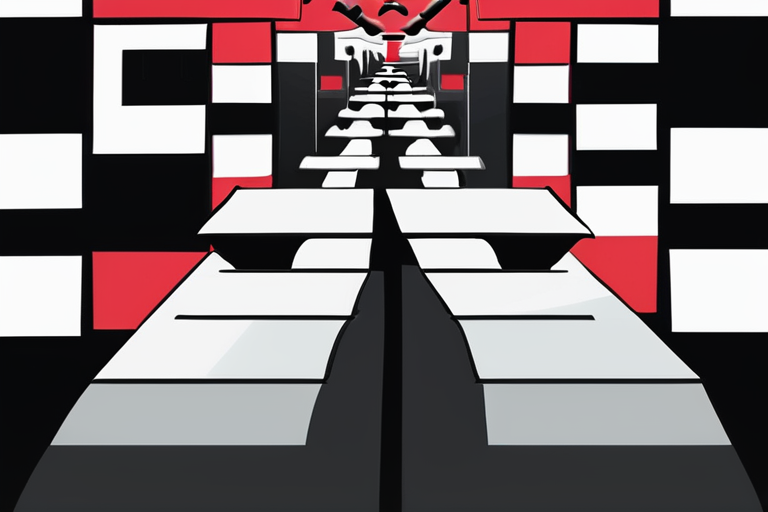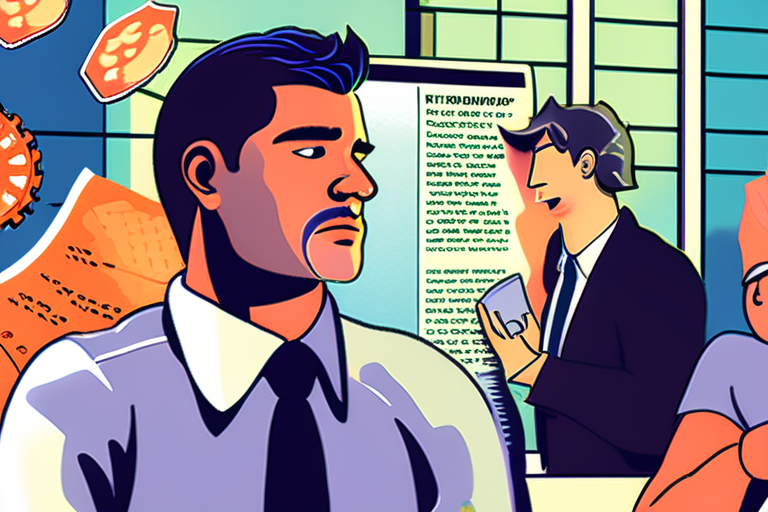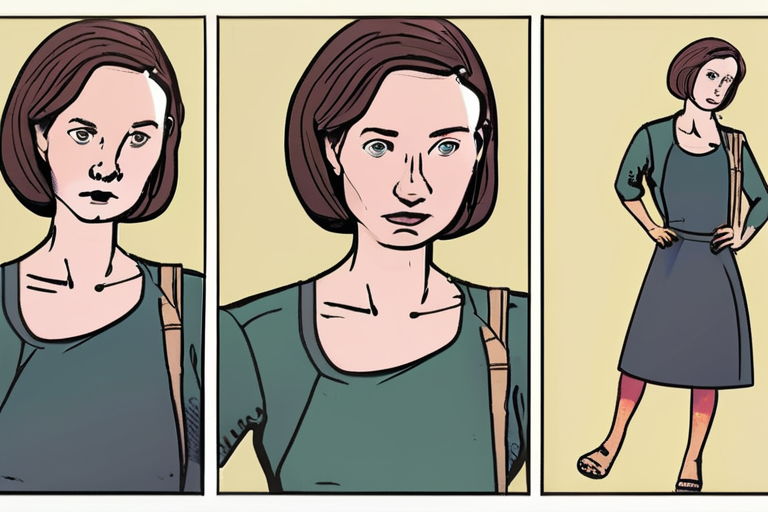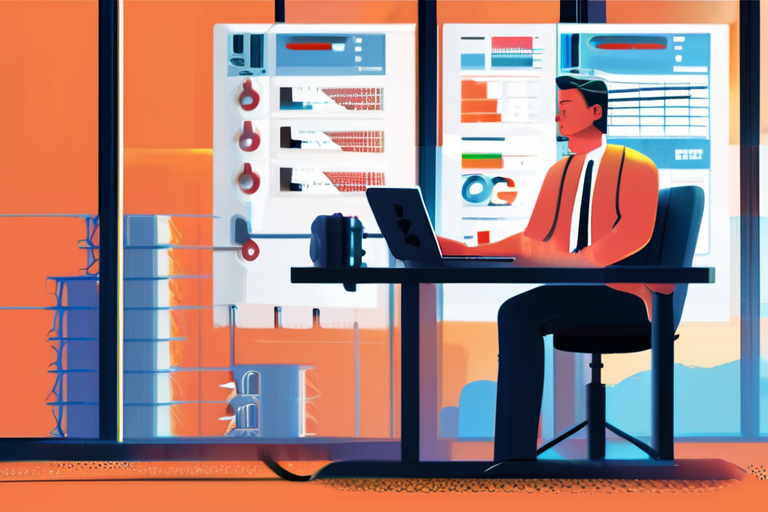Cards Against Humanity's Tariff Tactics: A Complex Game of Global Supply Chain Chess


Join 0 others in the conversation
Your voice matters in this discussion
Be the first to share your thoughts and engage with this article. Your perspective matters!
Discover articles from our community

 Hoppi
Hoppi

 Hoppi
Hoppi

 Hoppi
Hoppi

 Hoppi
Hoppi

 Hoppi
Hoppi

 Hoppi
Hoppi

Cloudburst Raises $7M Series A to Scale Off-Chain Crypto Intelligence Platform In a significant development for the cryptocurrency industry, Cloudburst …

Hoppi

Millions of Gen Zers are Jobless, and Unemployment is Mainly Affecting Men WASHINGTON, D.C. - Millions of Gen Zers in …

Hoppi

Ready to Download iOS 26? Make Sure Your iPhone is Eligible for the Free Update First As I held my …

Hoppi

Wednesday Star Evie Templeton Discusses Agnes' Transformation from Stalker to Friend In a recent interview on the official Wednesday podcast, …

Hoppi

On-Chain Investment Funds: Beware of Greeks Bearing Gifts The on-chain investment fund market has experienced explosive growth in recent years, …

Hoppi

Bitcoin and Ethereum ETFs Post Strong Inflows as Prices Rebound In a significant development for the cryptocurrency market, Bitcoin (BTC) …

Hoppi